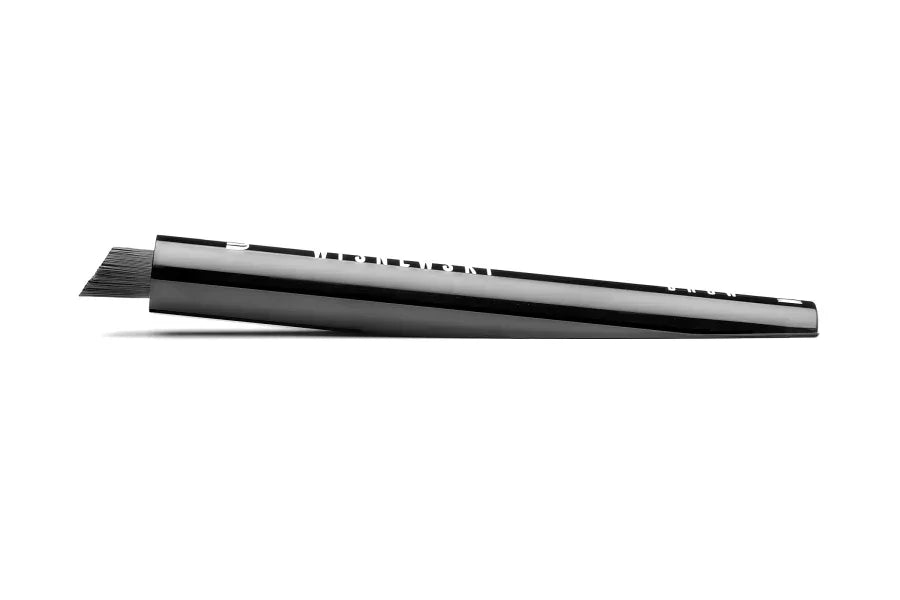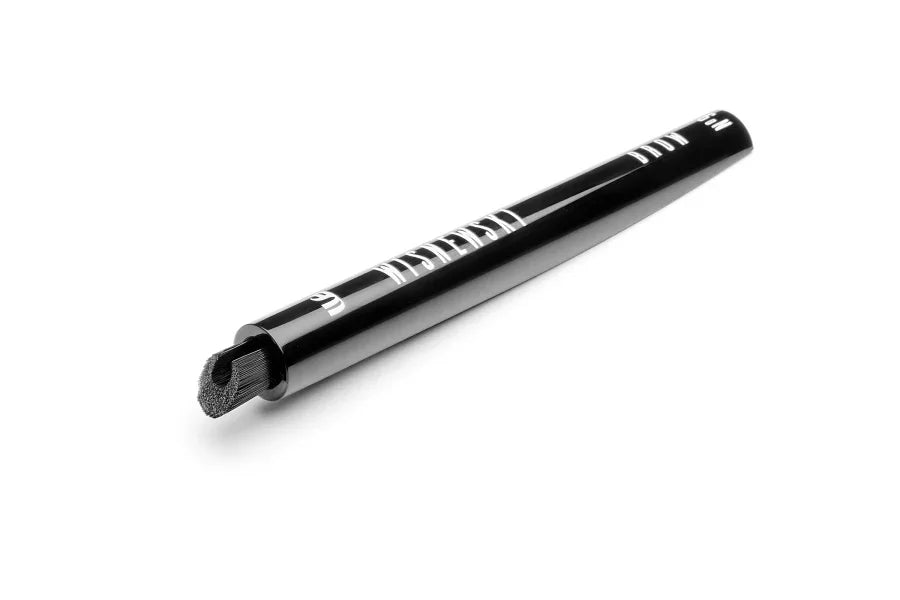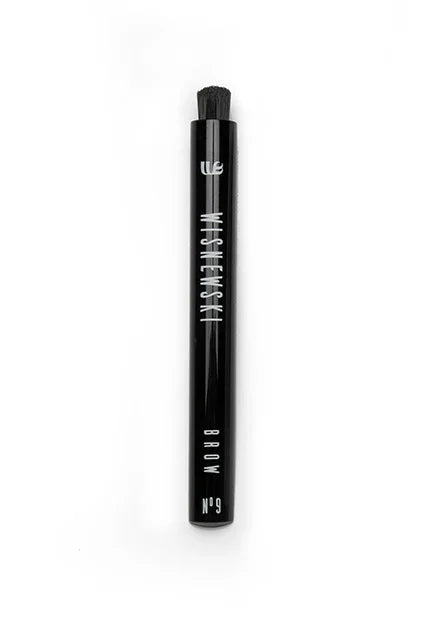How to Grow Eyebrows Back: A Natural Approach to Thicker Brows

If you're dealing with thin, over-plucked, or sparse eyebrows, you're not alone. Many people struggle with eyebrow growth after years of aggressive plucking, waxing, or simply genetics working against them. The good news? There are proven ways to encourage natural eyebrow regrowth without expensive treatments or harsh chemicals.
Understanding Eyebrow Growth Cycles
Before diving into solutions, it's important to understand that eyebrow hair growth is slow. A complete growth cycle takes 3-4 months, which means patience is essential. Unlike scalp hair that grows continuously, eyebrow hairs have shorter growth phases, making regrowth a gradual process.
1. Nutrition for Eyebrow Growth
Healthy eyebrow growth starts from within. Your hair follicles need specific nutrients to produce strong, healthy hairs. Focus on these key nutrients:
Iron and Blood Health Poor circulation can limit nutrient delivery to hair follicles. Iron-rich foods like spinach, lentils, and pumpkin seeds support healthy blood flow. Beets and dark leafy greens are particularly effective for improving circulation to the face and scalp.
Biotin and B Vitamins Often called the "hair vitamin," biotin supports keratin production. Natural sources include eggs, sweet potatoes, and almonds. Rather than relying on supplements, whole food sources provide biotin alongside other beneficial nutrients.
Zinc for Follicle Health Zinc deficiency can slow hair growth and cause thinning. Chickpeas, cashews, and pumpkin seeds provide zinc in easily absorbed forms.
Supporting Your Body's Detox Systems Your liver and kidneys play crucial roles in processing nutrients and eliminating toxins that can interfere with hair growth. Dandelion root tea supports liver function, while nettle tea provides minerals like iron and silica that benefit hair health.
2. Stop Over-Plucking (The Most Important Step)
This might seem obvious, but it's the most crucial factor in eyebrow regrowth. Every time you pluck a hair, you potentially damage the follicle. Repeated trauma can cause permanent follicle damage, making regrowth impossible in those areas.
What to do:
- Put away tweezers for at least 3-4 months
- Avoid threading and waxing during the regrowth phase
- Resist the urge to "clean up" stray hairs
- Use gentle cleansing around the brow area
3. Stimulate Growth Through Dry-Brushing
One of the most effective natural methods for encouraging eyebrow growth is daily dry-brushing. This technique increases blood circulation to the follicles, which helps deliver nutrients and oxygen needed for hair growth.
How dry-brushing helps eyebrow growth:
- Increases blood flow to hair follicles
- Removes dead skin cells that can block follicles
- Distributes natural oils along the hair shaft
- Creates the appearance of fuller brows immediately
Proper technique: Brush eyebrows (with our Wisnewski No.9 Brow Brush) upward following the natural hair growth direction for about 60 seconds daily. Use gentle pressure to avoid irritating the delicate skin. Many people notice improvements in brow density and texture within 3-4 weeks of consistent brushing.
The key is using a brush specifically designed for eyebrows. Regular toothbrushes or spoolies can be too harsh or ineffective. The Wisnewski Beauty Eyebrow Dry-Brush features patented bristles designed to stimulate circulation without damaging delicate brow hairs or skin.
4. Natural Oils for Eyebrow Growth
While research on topical oils for eyebrow growth is limited, several oils have shown promise for hair health in general and have been used traditionally for centuries.
Castor Oil Rich in ricinoleic acid and vitamin E, castor oil is the most popular natural remedy for eyebrow growth. Many women swear by the benefits of castor oil for many beauty remedies. Its conditioning properties can improve the appearance and health of existing hairs.
Jojoba Oil Technically a liquid wax composed of wax esters rather than triglycerides like most plant oils, jojoba closely mimics human sebum. This unique composition makes it highly stable, non-comedogenic, and easily absorbed without greasiness, providing consistent moisture to hair follicles without clogging pores.
Rosemary Oil Some studies suggest rosemary oil may stimulate hair growth by improving circulation. Always dilute essential oils in a carrier oil before applying to skin.
Application method: Apply a small amount to clean eyebrows at night. Gently massage the oil into the brow area to improve circulation. Remove excess with a clean cloth to avoid clogged pores.
5. Lifestyle Factors That Affect Eyebrow Growth
Several lifestyle factors can either support or hinder your eyebrow regrowth efforts:
Sleep Quality Hair growth happens during rest periods when your body repairs and regenerates cells. Aim for 7-8 hours of quality sleep to support optimal hair growth cycles.
Stress Management Chronic stress elevates cortisol levels, which can disrupt hair growth cycles and even cause hair loss. Regular exercise, meditation, or other stress-reduction techniques can help maintain healthy hormone levels.
Avoiding Irritants Some eyebrow growth serums contain prostaglandins, which can cause redness, irritation, or even changes in eye color. If you're focusing on natural regrowth, avoid these potentially harsh ingredients.
6. Setting Realistic Expectations
Natural eyebrow regrowth takes time and consistency. Here's what to expect:
Timeline:
- 2-3 weeks: Possible improvements in hair texture and shine
- 6-8 weeks: Noticeable changes in hair density may begin
- 3-4 months: Full regrowth cycle completion
Tracking progress: Take photos in consistent lighting every 2-3 weeks to document changes. Sometimes improvements are subtle and easier to see in photos than day-to-day observation.
Common Myths About Eyebrow Growth
Myth: Shaving makes hair grow back thicker Shaving doesn't change hair thickness or growth rate. The blunt edge created by shaving may make hair appear thicker initially, but it doesn't affect the follicle.
Myth: Expensive serums are always better While some prescription treatments can be effective, many expensive serums contain similar ingredients to natural alternatives. Focus on consistency rather than cost.
When to See a Professional
If you don't see any improvement after 4-6 months of consistent natural treatment, consider consulting a dermatologist. Some causes of eyebrow thinning, such as thyroid disorders, autoimmune conditions, or permanent follicle damage, may require professional treatment.
The Bottom Line
Growing back eyebrows naturally requires patience, consistency, and realistic expectations. By supporting your overall health through proper nutrition, avoiding further damage through over-plucking, and using gentle stimulation techniques like dry-brushing, you can encourage your eyebrows to reach their growth potential.
Remember that everyone's hair growth is different. Some people may see dramatic improvements, while others may experience more modest changes. The key is consistency with your routine and patience with the process.
Natural eyebrow regrowth isn't about overnight transformations or miracle cures. It's about creating the optimal conditions for your hair follicles to do what they're designed to do: grow healthy, strong hairs that frame your face beautifully.



